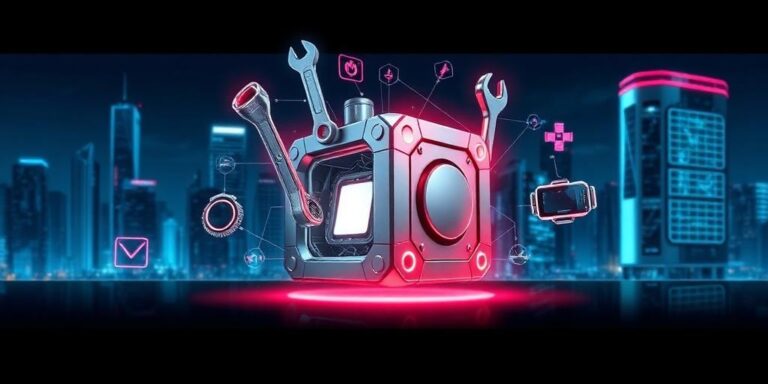Programmable Matter: Gadgets That Change Form (2040 Concept)
Imagine a world where your devices aren’t limited to a single, fixed form. Envision gadgets that adapt and morph to suit your needs, seamlessly transitioning from a smartphone to a tablet, or even a customized tool. This isn’t science fiction; it’s the promise of programmable matter, a concept poised to revolutionize our interaction with technology by 2040.
What is Programmable Matter?
At its core, programmable matter consists of tiny, individual units, often called ‘catoms’ or ‘voxels,’ that can change their physical properties and interact with each other. These units can alter their shape, density, connectivity, and even color on command. By orchestrating the behavior of countless individual units, complex shapes and functionalities can emerge.
Key Components and Technologies
Several technologies are converging to make programmable matter a reality:
- Micro-robotics: The development of increasingly small and sophisticated robots capable of precise movements and interactions.
- Materials Science: Innovations in materials that can change properties in response to external stimuli, such as electricity, light, or temperature.
- Artificial Intelligence: AI algorithms to manage and control the complex interactions between individual units, ensuring coordinated and predictable behavior.
- Nanotechnology: The ability to manipulate matter at the atomic and molecular levels, enabling the creation of ultra-small programmable units.
Potential Applications
The applications of programmable matter are virtually limitless:
- Adaptive Devices: Smartphones, laptops, and other gadgets that can dynamically change their form factor based on user needs.
- Robotics: Robots that can reconfigure themselves to navigate complex environments or perform diverse tasks.
- Manufacturing: On-demand creation of customized products with tailored shapes and properties.
- Construction: Building structures that can adapt to changing environmental conditions or user requirements.
- Medicine: Drug delivery systems that can target specific cells or tissues, or medical implants that adapt to the patient’s body.
Challenges and Future Directions
Despite its immense potential, programmable matter faces significant challenges:
- Scalability: Creating and controlling vast numbers of individual units is technically complex and computationally intensive.
- Energy Efficiency: Powering and coordinating the movements of countless units requires energy-efficient solutions.
- Material Properties: Developing materials that are both highly adaptable and durable is an ongoing challenge.
- Control Algorithms: Designing algorithms that can effectively manage the complex interactions between units is crucial for achieving desired behaviors.
Looking ahead to 2040, advancements in these areas will pave the way for the widespread adoption of programmable matter. We can expect to see the emergence of adaptive devices, reconfigurable robots, and on-demand manufacturing processes that transform the way we live and work. Programmable matter represents a paradigm shift in technology, offering unprecedented flexibility, customization, and adaptability.
Long-Tail Keywords:
- Programmable matter 2040
- Adaptive gadgets future
- Shape-shifting technology
- Reconfigurable robotics
- Smart materials applications




